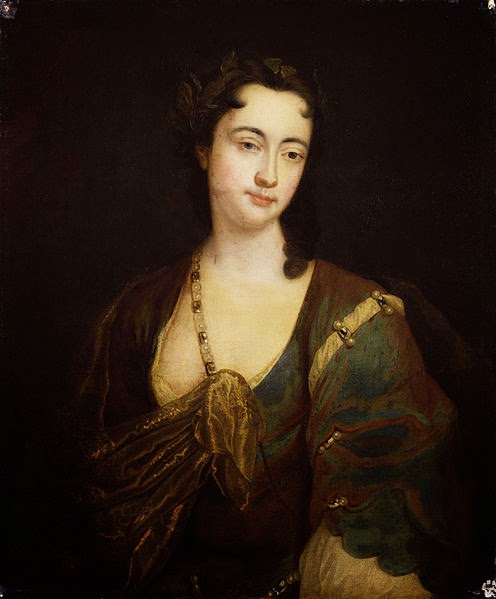Gem stones
and jewels are endlessly fascinating and I have recently noticed that I seem to
feature these in a lot of my stories although I didn’t mean for this to become
a recurring theme. I have blogged about both
diamonds – “a girl’s best friend” – and pearls before, and I love treasure and
precious things of any kind, but that goes for most people I think. Through the ages, mankind has always coveted
that which is most difficult to acquire, so at least I’m not alone!
 |
| (Not the Cheapside Hoard jewels but still pretty) |
The
find was shrouded in mystery for quite some time, although it is clear now that
the cache of jewels was discovered by workmen in 1912. They were demolishing a house in Cheapside –
once one of the main markets and thoroughfares of the city of London and the
place where all the best goldsmiths and jewellers had their shops during the 16th
and 17th century. When the
builders reached the cellars of the house and broke through into an original
cellar from before the Great Fire of London (which happened in 1666), the
glittering hoard came to light. They
must have been both stunned and delighted!
Although
such finds should be reported to the authorities, the labourers didn’t. Instead they filled their pockets and
anything else they had to hand and went to see a pawnbroker who was known to
buy anything antique dug up in London.
Fortunately for posterity, he did the right thing and alerted the London
Museum, who subsequently bought most of what had been found. Some of the pieces did get lost and may still
be in private ownership somewhere, but the vast majority of gems and jewels
ultimately ended up at the museum. And what
a dazzling display they make!
There
were bodkins (hairpins), rings, necklaces and loose gemstones. Brooches, cameos, watches and buttons. In short, every kind of item you would expect
to find in a goldsmith’s shop. I
imagined myself as a 17th century lady, trying to choose something
out of this magnificent collection and decided that if I could only have one
thing, it had to be one of the lovely pendant drops. Made of amethysts, emeralds or garnets, they
sparkled in the muted light and looked like mini chandeliers, some with little
jewel clusters that had been fashioned to resemble bunches of grapes. I could have bought two and used them as
earrings, or just one for a necklace.
They were quite simply stunning!
I think
we definitely owe that pawnbroker a debt of gratitude for saving the Cheapside
Hoard from being dispersed – it would have been a terrible shame not to be able
to see it now.
So back
to my own stories and jewels – the one I’m working on at the moment (Monsoon Mists – to be published August
2014) features a gem trader who is based in India in the late 1750’s. Unfortunately this was a bit later than the
Cheapside Hoard, but I had great fun doing the research for this era too. It’s never a hardship to go and look at
beautiful diamonds, rubies or sapphires, and I enjoyed learning about the
various ways in which these were graded and valued. The best of them came from India, Sri Lanka
or Burma, whereas if you wanted emeralds, the quality stones were from
South America. My hero travels both to
the fabled diamond mines of Golconda (India) and to Burma in search of
rubies. And along the way he comes
across a very unusual jewel, which causes him no end of trouble … but more
about that in August.
As for
the jewels of the Cheapside Hoard, I have a feeling they will come in very
handy for my next time slip which is set during the English Civil War. Now all I have to do is choose whether my
heroine should have amethysts or emeralds for her pendant drop earrings …
Christina x





















